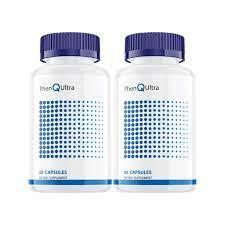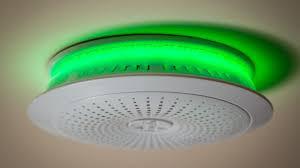In recent years, liposomes have gained significant attention as versatile delivery systems in various fields, including drug delivery, cosmetics, and nanomedicine. Among the different types of liposomes, plain liposomes stand out as a fundamental and promising platform due to their simplicity, stability, and ability to encapsulate a wide range of therapeutic agents. In this blog, we will delve into plain liposomes, their characteristics, applications, and potential impact in the field of biotechnology and healthcare.
Understanding Plain Liposomes
Plain liposomes, also known as unmodified or conventional liposomes, are lipid-based vesicles composed of one or more lipid bilayers. These biomimetic structures closely resemble the phospholipid bilayers found in cell membranes, making them biocompatible and capable of interacting with biological systems.
Characteristics of Plain Liposomes
Structure: Plain liposomes consist of one or more concentric lipid bilayers enclosing an aqueous core. The composition of the lipid bilayer can be tailored by choosing different types and ratios of lipids, allowing for control over properties such as stability, membrane fluidity, and drug loading capacity.
Flexible Size: Plain liposomes can be designed with a flexible size range, from nanometers to micrometers, depending on the intended application. Small liposomes (around 100 nm) are often preferred for drug delivery, as they can efficiently penetrate biological barriers and target specific tissues.
Encapsulation Efficiency: Plain liposomes have a high encapsulation efficiency, enabling the entrapment of hydrophilic drugs or small molecules within the aqueous core and hydrophobic drugs within the lipid bilayers. This versatility allows for the delivery of a wide range of therapeutic agents.
Applications of Plain Liposomes
Drug Delivery: Plain liposomes have emerged as powerful drug delivery vehicles for various applications. They can encapsulate both hydrophobic and hydrophilic drugs, protecting them from degradation and facilitating their targeted delivery to specific tissues or cells. This targeted delivery minimizes off-target effects and enhances therapeutic efficacy.
Gene Delivery: Plain liposomes can also be used for efficient gene delivery, known as lipofection. The negatively charged nucleic acids are electrostatically complexed with cationic liposomes, allowing for their protected transport into cells. This application has immense potential in gene therapy and gene editing technologies.







